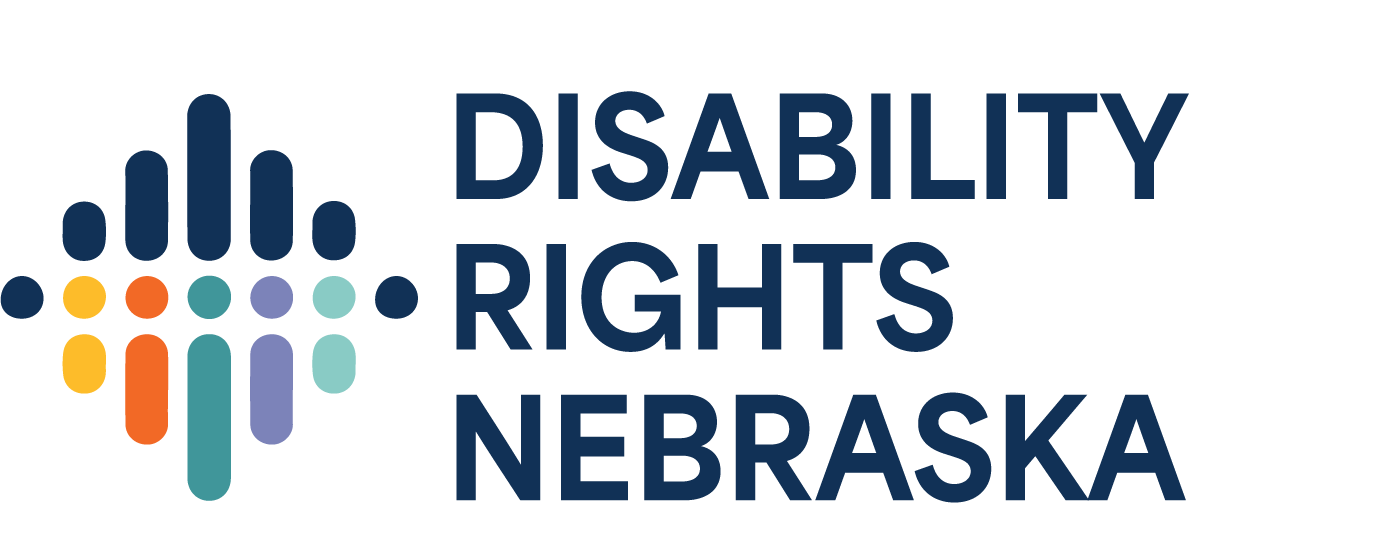
The Disability Pride Flag was designed by Ann Magill.
Ann Magill, a writer who has cerebral palsy, was in grad school when ADA became law in July 1990. Often penning work on disability and social equality, she had a knack for flagging injustices. In 2010, she attended an underwhelming event for the 20th anniversary of the ADA. The lackluster celebration, in her opinion, did not garner the attention needed to strengthen awareness and acceptance of people with disabilities. She visualized making a disability pride flag and, finally, was fiercely motivated to do so following a horrific attack on a disabled-serving facility in Japan in 2016.
“My first design idea was to make the stripes zigzag… to represent how disabled people have to maneuver around all the barriers we face. We have to go this way, and then we have to go that way, and then we have to go this way and then we have to go that way. And that’s how we move through the world,” Magill described on The Accessible Stall podcast. The disability pride flag started to go viral in 2019.
The charcoal gray background commemorates and mourns disabled people who have died due to ableism, violence, negligence, suicide, rebellion, illness and eugenics. The gray background also represents rage and protest against the mistreatment of the disabled community.
The diagonal band is for "cutting across" the walls and barriers that separate disabled people from society. It also represents the light and creativity of the disability community that cuts through the darkness of ableism.
The stripes represent different disabilities:
· green is for sensory disabilities, including the blind, deaf, and deaf-blind communities;
· blue represents emotional and psychiatric disabilities;
· white stands for non-apparent and undiagnosed disabilities;
· gold is for neurodivergence;
· and red represents physical disabilities.
Important: The previous version of the flag, which had a lightning bolt design, caused a strobe/flicker effect when scrolled on electronic devices, which means it can trigger seizures, migraines, disorientation, and other types of eye strain. The new version above should be used in all web and social media content going forward.
Thanks to input from the disability community, the original design of the disability pride flag was updated in 2021 to be more accessible. (Wikipedia)
Aimée Folker is a neurodiverse champion of belonging and restorative justice, specializing in disability rights. She has devoted her passion to many local, state, and national roles with a cup of tea in her hand and a cat on her lap. Aimée currently serves on the Disability Rights Nebraska Board of Directors and the Protection & Advocacy for Individuals with Mental Illness (PAIMI) Advisory Council.

